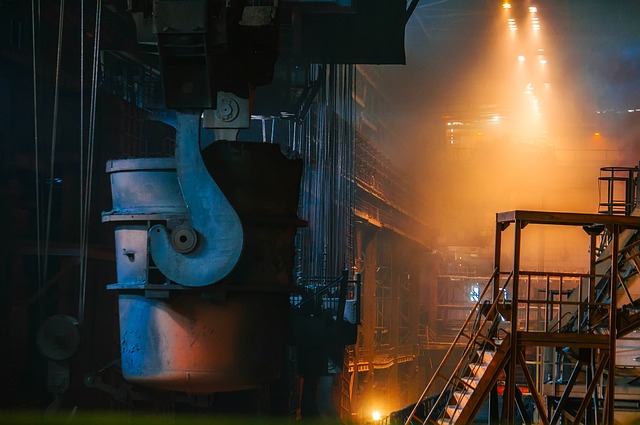In the dynamic realm of manufacturing, technology has emerged as a transformative force, revolutionizing production processes, supply chain management, and product innovation. Amazon Lambda, a pioneering serverless computing platform, has gained significant traction among manufacturing companies due to its flexibility, scalability, and cost-effectiveness. However, understanding and managing Lambda costs can be challenging, especially for large-scale deployments in the manufacturing sector.
Demystifying Lambda's Pricing Structure for Manufacturing

Lambda's pricing structure for manufacturing companies adheres to the same principles as its general pricing model:
- Request Charges: Each invocation of a Lambda function incurs a request charge. The cost per request depends on the amount of memory allocated to the function. For instance, a function with 128 MB of memory incurs a request charge of $0.0000002084 per request.
- Compute Charges: Lambda functions are charged for the compute time they consume. The compute charge is measured in milliseconds and depends on the function's memory allocation and execution time. For example, a function with 512 MB of memory running for 100 milliseconds incurs a compute charge of $0.0000000016667 per millisecond.
Factors Influencing Lambda Costs in Manufacturing
Several factors influence the overall Lambda costs for manufacturing companies:
- Volume of Data Processing: Manufacturing companies deal with vast amounts of data, including sensor readings, production logs, and quality control data. Processing this data using Lambda functions can lead to significant request and compute charges.
- Real-time Predictive Maintenance: Manufacturing companies increasingly rely on real-time predictive maintenance to identify potential equipment failures and prevent downtime. This real-time analysis can drive up Lambda usage and associated costs.
- Supply Chain Optimization: Manufacturing companies utilize Lambda functions to optimize supply chain processes, such as inventory management and demand forecasting. This optimization often involves real-time data analysis and decision-making, potentially impacting Lambda costs.
- Integration with Manufacturing Systems: Manufacturing companies often integrate Lambda functions with existing manufacturing systems, such as enterprise resource planning (ERP) and manufacturing execution systems (MES). These integrations may require additional resources and configurations, potentially impacting Lambda costs.
Strategies for Optimizing Lambda Costs in Manufacturing
Manufacturing companies can implement several strategies to optimize Lambda costs without compromising operational efficiency or product quality:
- Right-sizing Memory Allocation: Carefully assess the memory requirements of each Lambda function and allocate the appropriate amount of memory. Overprovisioning memory can lead to unnecessary costs.
- Function Code Optimization: Analyze and optimize function code to minimize execution time. This can involve reducing unnecessary computations, caching frequently accessed data, and using efficient algorithms.
- Batch Processing: Consider batch processing for tasks that involve processing large amounts of data. This can reduce the number of function invocations and associated request charges.
- Utilize Lambda@Edge: For applications with high latency requirements, Lambda@Edge can reduce costs by executing functions closer to end-users, such as manufacturing plants or distribution centers.
- Leverage Amazon IoT Analytics: For data analysis from IoT devices, utilize Amazon IoT Analytics, a specialized service optimized for IoT data, which can reduce Lambda usage and costs.
- Monitor and Analyze Usage: Regularly monitor Lambda usage patterns to identify areas for cost optimization. Analyze function execution frequency, memory consumption, and execution time to identify potential bottlenecks.
- Consider Serverless Framework: Utilize serverless frameworks like AWS Serverless Framework or Serverless Framework to automate Lambda deployment, configuration, and monitoring, reducing manual effort and potential errors.
- Explore Cost Optimization Tools: Employ cost optimization tools provided by Amazon, such as AWS Cost Explorer, to gain insights into Lambda usage and identify cost-saving opportunities.
Conclusion
Lambda's serverless architecture offers significant benefits for manufacturing companies, including flexibility, scalability, and reduced operational overhead. However, understanding and managing Lambda costs is crucial to ensure cost-effectiveness, especially for large-scale manufacturing applications. By implementing optimization strategies, monitoring usage patterns, and leveraging cost management tools, manufacturing companies can harness the power of Lambda while keeping cloud expenditures under control, enabling them to focus on their core mission of producing high-quality products efficiently.
Ready to optimize your manufacturing costs? Contact us today for tailored solutions that align with your budget and goals.
Let's Discuss: Lambda Costs for Manufacturers





